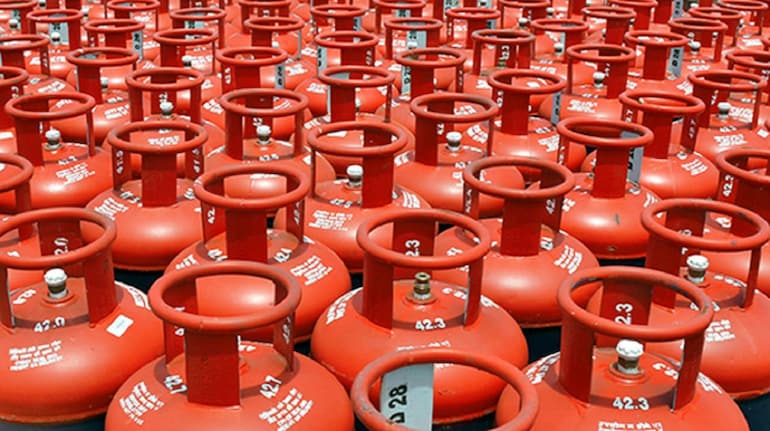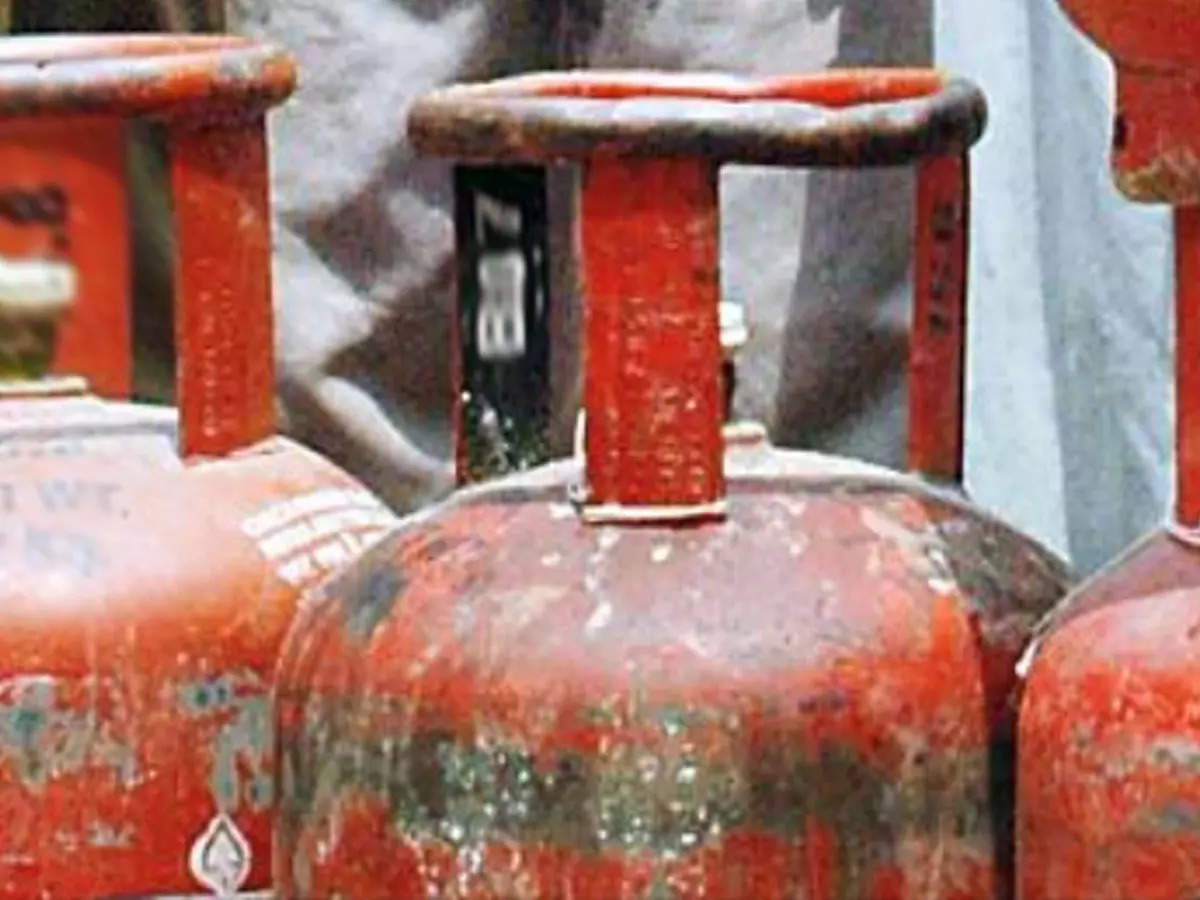Steep Surge in Commercial LPG Cylinder Prices Unleashes Economic Strain

Steep Surge in Commercial LPG Cylinder Prices Unleashes Economic Strain
In an unprecedented development, the prices of commercial LPG (liquefied petroleum gas) cylinders have soared once again, marking the second substantial hike in just two months. This surge in the cost of this essential energy source has sent shockwaves across the commercial sector, raising concerns about its economic implications. As of the latest adjustment, a 19-kilogram commercial LPG cylinder now commands a hefty price of ₹1,785.50 in Mumbai, ₹1,833 in Delhi, and ₹1,943 in Kolkata, inflicting a heavy burden on businesses that rely on this indispensable fuel.
This surge in LPG prices, particularly in the commercial sector, has sparked widespread discussions and debates. While the prices of domestic LPG cylinders remain unaltered, the implications of these recurring price hikes on businesses are profound. This article delves into the reasons behind this surge in commercial LPG prices, its potential ramifications on various sectors, and what businesses can do to mitigate the impact.
Understanding the LPG Price Hike
The commercial sector’s reliance on LPG is multifaceted. It is commonly used in restaurants, hotels, industries, and other businesses as a clean and efficient source of energy for cooking, heating, and various industrial processes. The recent surge in commercial LPG cylinder prices, now totaling ₹100 over two months, raises concerns about the cost of doing business.
Several factors contribute to this price increase. One of the primary drivers is the fluctuating global oil prices. LPG, a byproduct of crude oil and natural gas production, is inherently influenced by the volatile nature of these markets. As global oil prices experience fluctuations due to geopolitical events, supply and demand dynamics, and other factors, the cost of LPG follows suit.
Additionally, the depreciating value of the Indian Rupee against the U.S. Dollar has played a significant role in the rising LPG prices. Since LPG is often imported, its cost is intimately linked to the exchange rate. A weaker Rupee results in higher import costs, which ultimately get passed on to consumers.

Economic Implications
The surge in commercial LPG cylinder prices carries far-reaching economic implications. It directly impacts businesses that rely on this fuel source, particularly restaurants, hotels, and manufacturing industries. Let’s explore how these price hikes affect various sectors:
1. Restaurant and Food Industry: Restaurants and eateries are among the hardest-hit businesses. LPG is the lifeblood of their operations, powering stoves and ovens to prepare meals. The rise in LPG prices translates to higher operational costs, which, in turn, often leads to increased prices on menus. Customers may feel the pinch in their wallets, potentially affecting dining out frequency.
2. Hospitality Sector: Hotels and hospitality establishments depend on LPG for cooking and heating purposes. As their expenses surge due to higher LPG costs, these businesses may face challenges in maintaining competitive pricing and providing a quality experience to guests.
3. Manufacturing and Industrial Units: Industries utilizing LPG for various processes also face the brunt of these price hikes. This results in increased production costs, which could lead to either reduced profit margins or, in the worst cases, layoffs and downsizing to remain financially viable.
4. Transportation: The effects of LPG price hikes extend beyond the commercial sector. Many vehicles, especially public transportation and taxis, rely on LPG as an eco-friendly alternative to conventional fuels. Increased LPG prices may drive up fares and pose a burden on commuters.
5. Economic Inflation: The higher cost of LPG can contribute to overall inflation in the economy. When businesses pass on their increased operating costs to consumers, the prices of goods and services may rise, affecting household budgets and the general cost of living.
![]()
Mitigating the Impact
In the face of rising LPG prices, businesses must adopt strategies to mitigate the impact on their bottom line. Here are some steps that can help alleviate the financial strain:
1. Energy Efficiency: Investing in energy-efficient equipment and practices can reduce LPG consumption, resulting in lower operating costs. For instance, modern kitchen appliances and heating systems are designed to be more efficient, helping businesses to save on fuel expenses.
2. Negotiate Contracts: Businesses can explore renegotiating contracts with LPG suppliers to secure more favorable terms or discounts on bulk purchases. Building strong relationships with suppliers can lead to cost savings.
3. Menu Adjustments: In the restaurant and hospitality sector, reevaluating menu items and pricing can help maintain affordability for customers while managing operating costs. It might involve adjusting portion sizes, rethinking menu offerings, or implementing seasonal changes.
4. Diversify Energy Sources: Exploring alternative energy sources, such as solar or electric appliances, can help reduce reliance on LPG. While initial investments may be higher, the long-term savings can be substantial.
5. Government Support: Businesses can advocate for government support and subsidies to cushion the impact of rising LPG prices. Engaging in industry associations or lobbying efforts can be effective in this regard.
6. Consumer Awareness: Open communication with customers about the reasons behind price adjustments can foster understanding and support. Transparency about the challenges posed by rising LPG costs can create a loyal customer base.
Government’s Role
The Indian government plays a pivotal role in regulating the prices of LPG cylinders, both domestic and commercial. While domestic LPG prices are currently unchanged, the government may need to take proactive measures to mitigate the impact on the commercial sector.
One potential solution could be to provide targeted subsidies to businesses that heavily rely on LPG, helping them offset the increased costs. Additionally, the government may consider measures to stabilize the exchange rate and reduce the vulnerability of LPG prices to currency fluctuations.
Overall, a collaborative approach involving businesses, government agencies, and consumers is crucial in addressing the challenges posed by rising LPG prices. Ensuring the availability of affordable and clean energy sources is essential for the economic well-being of the country.
Looking Ahead
The recent surge in commercial LPG cylinder prices has undoubtedly raised concerns in the business world. As prices continue to fluctuate due to global and local factors, adaptability and resilience become essential qualities for businesses to thrive. The ability to navigate through challenging economic circumstances will be a testament to the resilience of the Indian commercial sector.
In conclusion, the recurrent rise in commercial LPG prices is a cause for concern, affecting various sectors, from hospitality to manufacturing and transportation. However, businesses can adopt strategies to mitigate the impact, and the government’s intervention may be essential in ensuring the long-term sustainability of these industries. With proactive measures, transparency, and innovation, the commercial sector can navigate these turbulent times and emerge stronger.





